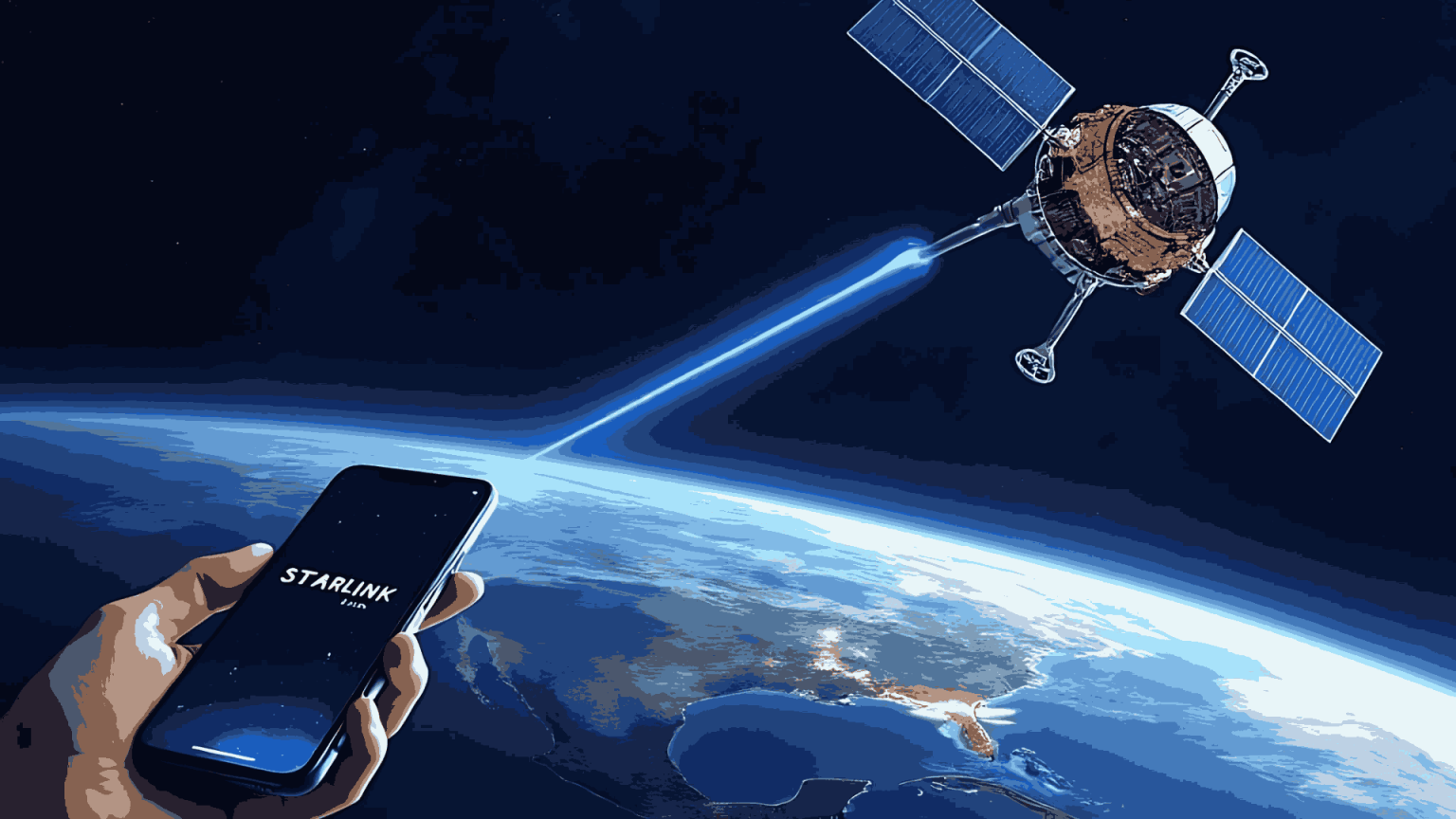- Kyivstar joins SpaceX to launch Starlink direct‑to‑cell messaging in Ukraine by late 2025.
- Full mobile satellite broadband and voice follow in mid‑2026, making Ukraine first in Europe.
What happened: Launch plan for Ukraine
Ukraine’s leading mobile network operator Kyivstar announced that it will deploy SpaceX’s Starlink direct‑to‑cell messaging services by the end of 2025, making the country the first in Europe to introduce satellite messaging that bypasses terrestrial cell towers . The trial phase has already begun under an agreement signed in late 2024, and field tests are in progress. The service will allow ordinary smartphones to send basic texts via satellites when mobile network infrastructure is damaged or offline.
Following the initial launch, Kyivstar and SpaceX plan to expand the service to include full mobile satellite broadband and voice calls in mid‑2026 . The announcement was made ahead of Ukraine’s recovery summit in Italy, where Kyivstar’s CEO Oleksandr Komarov highlighted the need for resilient connectivity amid ongoing conflict
Also Read: Musk, Rubio, and Poland clash over Starlink use in Ukraine
Also Read: Musk and Ambani push satellite internet expansion in India
Why it‘s important
Ukraine’s introduction of direct‑to‑cell Starlink messaging is a game‑changer in policy and infrastructure resilience. By bypassing damaged or destroyed terrestrial networks, it ensures continuous communication for civilians and emergency responders. This level of connectivity resilience also supports government operations during blackouts or cyberattacks, reinforcing national stability.
From a market perspective, this early adoption positions Kyivstar and SpaceX at the forefront of satellite telecom innovation in Europe. It challenges traditional mobile network operators and signals a shift in how connectivity services are delivered, potentially opening new revenue streams and cross‑industry partnerships.
Technologically, using existing smartphones for satellite messaging eliminates the need for special hardware, greatly lowering barriers to adoption. This could accelerate Starlink’s global roll‑out of direct‑to‑cell services beyond Ukraine, reshaping user expectations and network design across regions.
.

